I am seeing forest chairs everywhere and am beginning to wonder if there are any Windsor chairs out there that aren’t painted.
The striking lath-back armchair in figure 1 incorporates bold leg turnings (compare with the chairs here and here), a solid back splat, shaped crest rail and blade arm posts.
 Fig. 1. George II ash, elm, walnut and painted lath-back chair, circa 1730. (Robert Young)
Fig. 1. George II ash, elm, walnut and painted lath-back chair, circa 1730. (Robert Young)
The primitive solid ash double bow chair in figure 2 has an exceptionally thin seat and unusual curved rear legs.
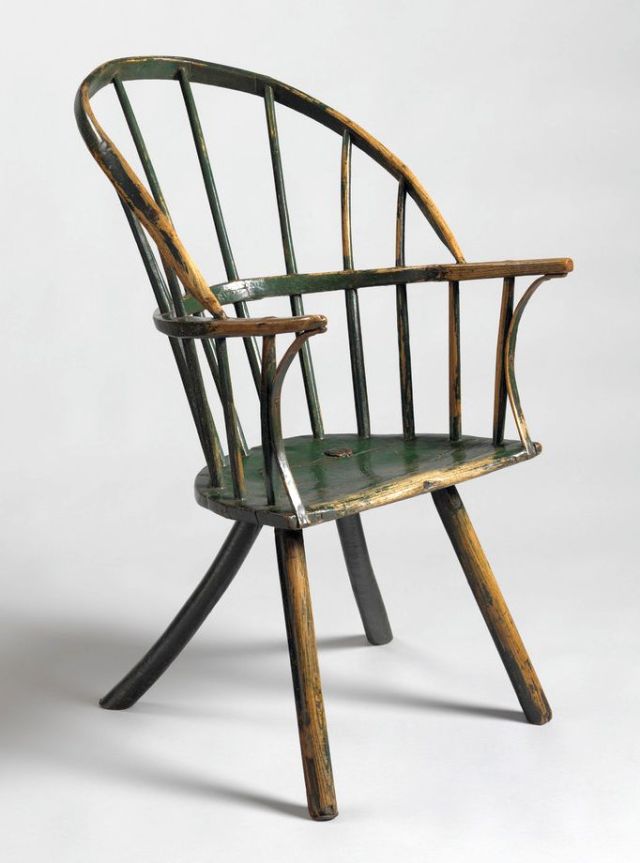 Fig. 2. George II primitive double bow chair, circa 1750. (Robert Young)
Fig. 2. George II primitive double bow chair, circa 1750. (Robert Young)
The ash and elm comb-back chair in figure 3 has quite a refined stretcher, yet a massive seat and what appears to be a heavy one-piece arm. The crest rail is most unusual.
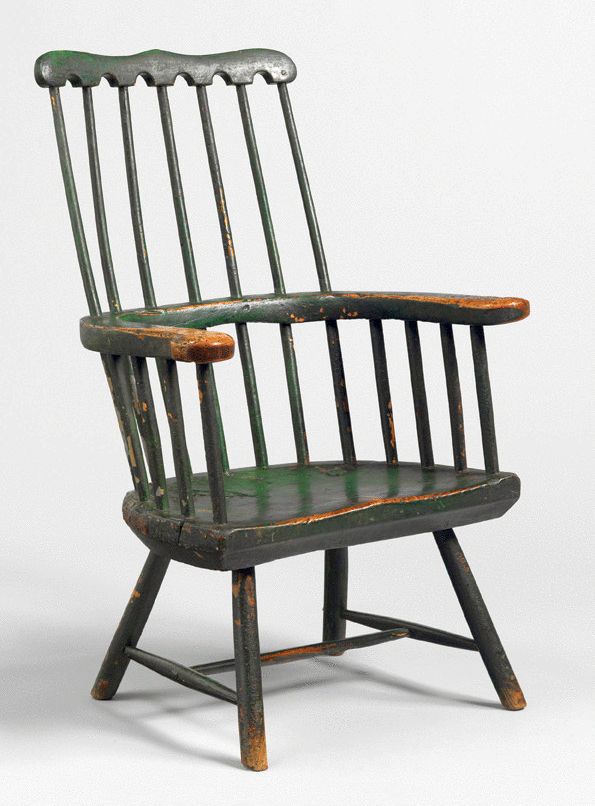 Fig. 3. George II ash, elm and painted comb-back chair, circa 1760. (Robert Young)
Fig. 3. George II ash, elm and painted comb-back chair, circa 1760. (Robert Young)
The rather naive comb-back chair in figure 4 is quite delightful, though with their pronounced splay, it’s hard to believe the thin rear legs have survived over 250 years without a stretcher.
 Fig. 4. George II ash, elm, walnut and painted comb-back chair, circa 1760. (Robert Young)
Fig. 4. George II ash, elm, walnut and painted comb-back chair, circa 1760. (Robert Young)
The chair in figure 5, with its ornate crest rail, is a glorious example of eighteenth-century Arcadian chairmaking.
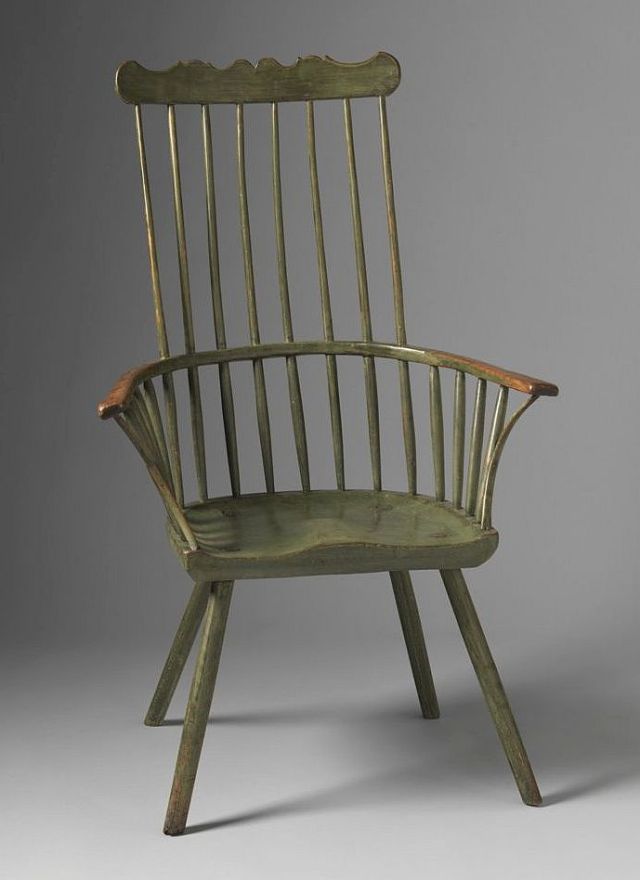 Fig. 5. George III ash, elm and painted comb-back chair, circa 1770. (Robert Young)
Fig. 5. George III ash, elm and painted comb-back chair, circa 1770. (Robert Young)
Conversely, the bulk and proportions of the chair in figure 6 don’t paint such a handsome picture. The outré crest rail doesn’t help matters.
 Fig. 6. George III ash, elm and painted comb-back chair, circa 1780. (Robert Young)
Fig. 6. George III ash, elm and painted comb-back chair, circa 1780. (Robert Young)
The comb-back chair in figure 7 is a sophisticated traditional style made in the Thames Valley in the latter half of the eighteenth-century.
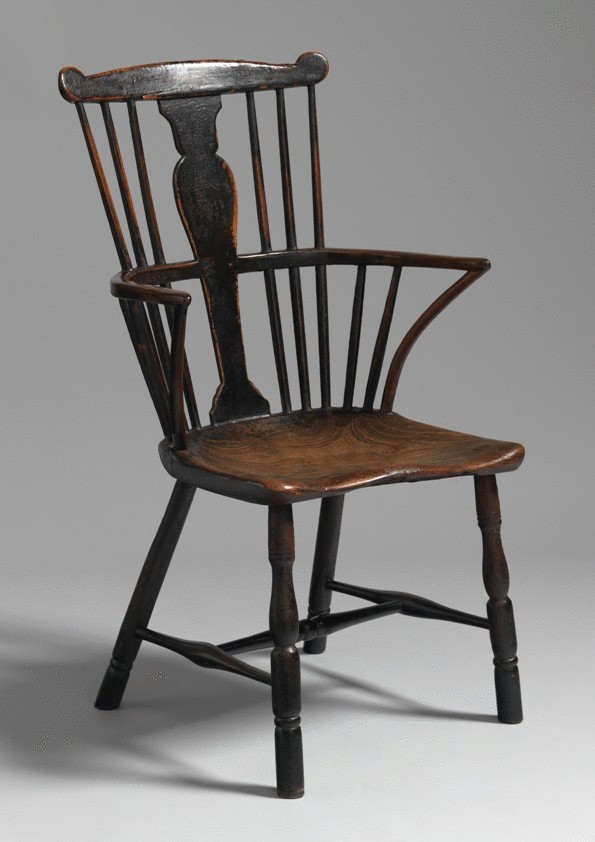 Fig. 7. George III ash, elm, walnut and painted comb-back chair, circa 1780. (Robert Young)
Fig. 7. George III ash, elm, walnut and painted comb-back chair, circa 1780. (Robert Young)
Another beautiful and well-proportioned chair (figure 8) incorporates early pattern front legs and a variety of bulbous stretcher that was fashionable in the early eighteenth-century.
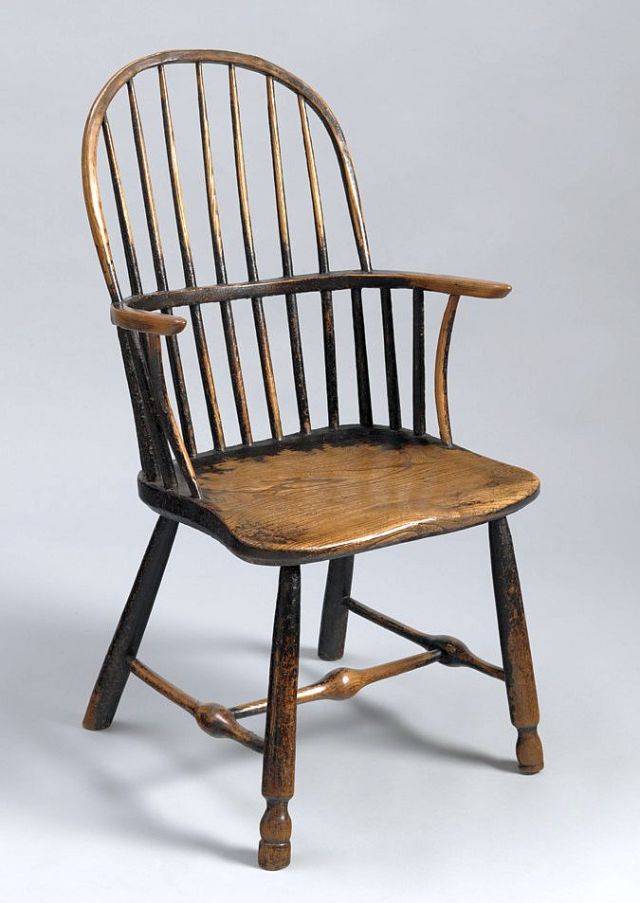 Fig. 8. George III ash, elm and painted double bow chair, circa 1790. (Robert Young)
Fig. 8. George III ash, elm and painted double bow chair, circa 1790. (Robert Young)
The double bow chair in figure 9 is, as one would expect by this date, of a well-developed design, though curiously, its front legs are of a slightly earlier pattern.
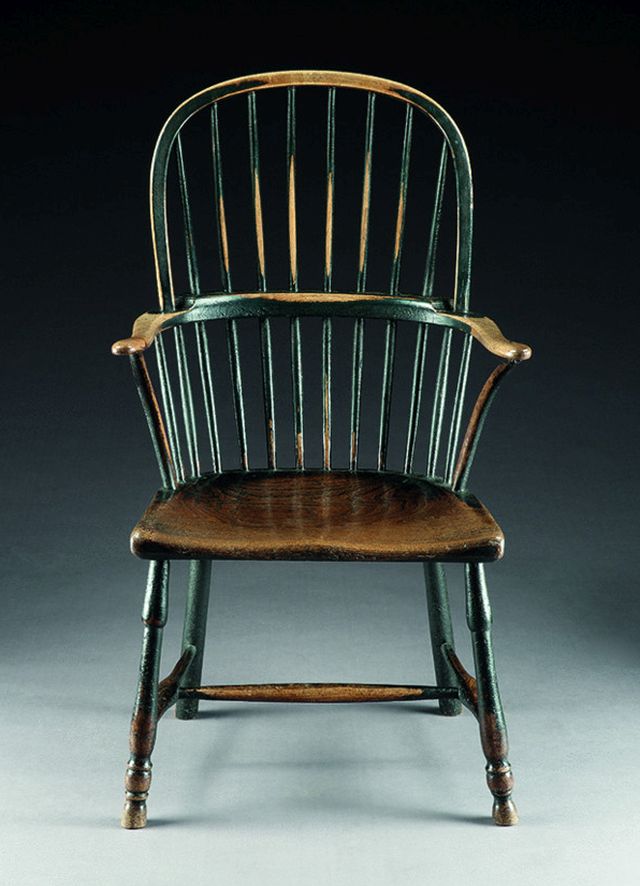 Fig. 9. George III elm, fruitwood and painted double bow chair, circa 1790. (Robert Young)
Fig. 9. George III elm, fruitwood and painted double bow chair, circa 1790. (Robert Young)
The chairs in figure 10 are of an egregious style peculiar to the town of Yealmpton in Devon which – whether for reasons of relative geographical isolation… or taste – thankfully didn’t pervade the country at large.
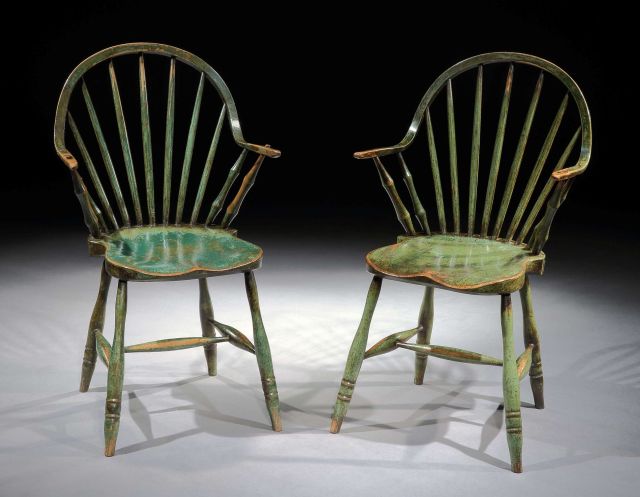 Fig. 10. George III Yealmpton continuous-arm chairs, circa 1820. (Robert Young)
Fig. 10. George III Yealmpton continuous-arm chairs, circa 1820. (Robert Young)
Jack Plane

From the seat up, the Yealmpton continuous-arm chairs look very similar to the US continuous-arm chairs, said to have been developed in New York City as a way for chair makers there to compete with the Philadelphia bow-back chair.
LikeLike
Do you know when the New York chairs began production? It is widely believed that the North American continuous-arm chair has its roots in the Yealmpton chair.
JP
LikeLike
This article “A Guide to Eighteenth-Century Windsor Chair” states the New York version appears in 1790.
http://www.antiquesandfineart.com/articles/article.cfm?request=199
LikeLike
Yealmpton chairs were in production prior to 1780 (their front legs are watered down versions of those in figs. 1 & 9 which were by then, out of fashion).
Gillows sent quantities of their Windsor chairs to Central America to fill the void created by the American Revolutionary War and there are documented cargoes of English Windsor chairs being auctioned in New York post the American Revolutionary War which concluded in 1783.
Yealmpton is situated less than ten miles from Plymouth and there has always been good trade between Plymouth and New York, so it’s conceivable that Yealmpton jumped on the bandwagon, supplying chairs to North America to meet the post war demand.
JP
LikeLike
It would be interesting to see additional documentation on Yealmpton trade with New York. The previously-cited article in ‘Antiques & Fine Art’ is of the opinion that
The sweeping profile of the bow is based on the French bergère chair, examples of
which were produced at this date by local cabinetmakers. This is the only eighteenth-
century Windsor pattern based on a non-English prototype…
I’ve always thought that statement a bit of a stretch; a Yealmpton-influenced design seems a more convincing explanation if it can be substantiated.
LikeLike
Nineteenth-century bergères often have sweeping arms, but not so much eighteenth-century examples. I wonder if Nancy Goyne Evans based her assumption on later bergères.
JP
LikeLike
Hi Jack, I’m curious to know more about the history of the continuous-arm chairs from Yealmpton. Could you point me to any resources that support the origin of this style as ca. ~1780? The assumption that this style originated in and was never produced outside of the Northeastern U.S. seems pretty prevalent among Windsor chairmakers on this side of the pond. I suppose it’s possible that some industrious New Yorker invented the chair independently of the chairmakers in Yealmpton, but frankly that seems pretty unlikely.
LikeLike
The North American continuous-arm chairs are just too similar to Yealmpton chairs to be purely coincidental – one aspect of the chairs, perhaps, but…
I intend following this up myself, but all my reference books are still packed away in boxes, so I’m afraid I can’t even offer any pointers.
JP
LikeLike
Thanks, am on the verge of starting a stick chair build, and love the examples you’ve dug up, it helps to see the difference and options.
Fig 6. shows an arm rail with joinery. I’ve seen a few similar examples in researching, but haven’t seen this discussed much. I’d assumed some type of pierced bridle joint to be the most practical in my design, but wondering if there is much variety on such joinery, or any examples of 3 piece arm rails with joinery in the corners?
LikeLike
The use of a bridle joint for the arm of the chair in fig. 6 is unusual; the majority of two-piece arms are simply halved. Three-piece arms are normally constructed like this, though I have seen an arm with halved joints further apart and intersected with just one back stick per joint.
JP
LikeLike
Pingback: The American Myth of the Continuous-Arm Chair | A Riving Home
Pingback: Picture This CIV | Pegs and 'Tails